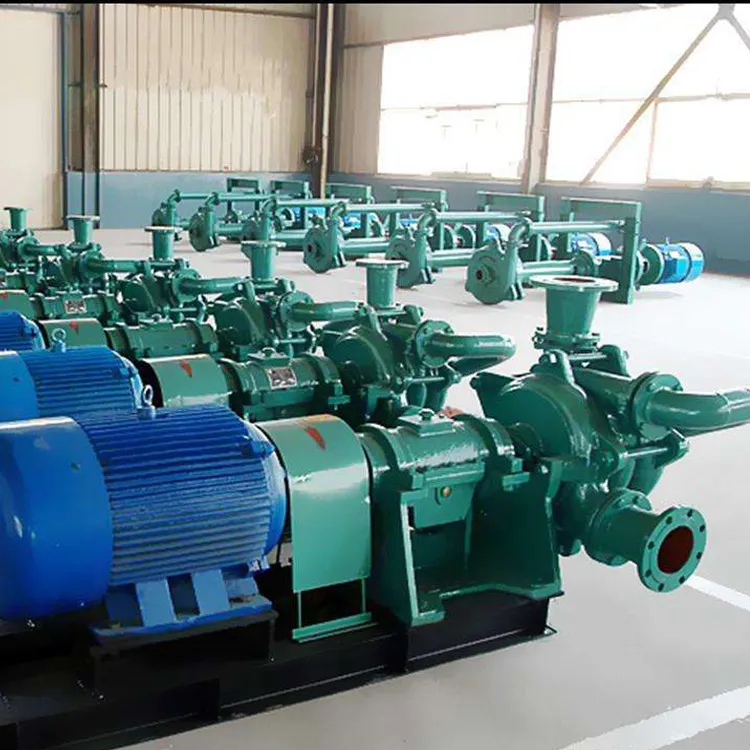English
- Afrikaans
- Albanian
- Amharic
- Arabic
- Armenian
- Azerbaijani
- Basque
- Belarusian
- Bengali
- Bosnian
- Bulgarian
- Catalan
- Cebuano
- Corsican
- Croatian
- Czech
- Danish
- Dutch
- English
- Esperanto
- Estonian
- Finnish
- French
- Frisian
- Galician
- Georgian
- German
- Greek
- Gujarati
- Haitian Creole
- hausa
- hawaiian
- Hebrew
- Hindi
- Miao
- Hungarian
- Icelandic
- igbo
- Indonesian
- irish
- Italian
- Japanese
- Javanese
- Kannada
- kazakh
- Khmer
- Rwandese
- Korean
- Kurdish
- Kyrgyz
- Lao
- Latin
- Latvian
- Lithuanian
- Luxembourgish
- Macedonian
- Malgashi
- Malay
- Malayalam
- Maltese
- Maori
- Marathi
- Mongolian
- Myanmar
- Nepali
- Norwegian
- Norwegian
- Occitan
- Pashto
- Persian
- Polish
- Portuguese
- Punjabi
- Romanian
- Russian
- Samoan
- Scottish Gaelic
- Serbian
- Sesotho
- Shona
- Sindhi
- Sinhala
- Slovak
- Slovenian
- Somali
- Spanish
- Sundanese
- Swahili
- Swedish
- Tagalog
- Tajik
- Tamil
- Tatar
- Telugu
- Thai
- Turkish
- Turkmen
- Ukrainian
- Urdu
- Uighur
- Uzbek
- Vietnamese
- Welsh
- Bantu
- Yiddish
- Yoruba
- Zulu
Telephone: +86 13120555503
Email: frank@cypump.com
Oct . 05, 2024 05:00 Back to list
Understanding the Importance of Drain Field Pumps in Septic Systems and Wastewater Management
Understanding Drain Field Pumps Essential Components for Efficient Wastewater Management
Drain field pumps, also known as effluent pumps, play a crucial role in the efficient operation of septic systems and wastewater management solutions. These pumps are integral to moving treated wastewater from septic tanks to drain fields, ensuring that the effluent is properly dispersed into the ground where it can be naturally filtered and absorbed.
What is a Drain Field?
A drain field, or leach field, is a vital component of a septic system that serves to treat and dispose of wastewater from a household. When sewage enters the septic tank, solids settle at the bottom while liquid effluent rises to the top. The drain field absorbs this effluent through a series of perforated pipes laid in gravel-filled trenches, allowing the water to percolate into the soil.
The Role of Drain Field Pumps
Drain field pumps are specifically designed to handle the transfer of wastewater from the septic tank to the drain field, particularly in systems where gravity alone cannot facilitate the flow. This is common in properties situated on uneven terrain or where the soil is not conducive to gravity drainage. By employing a drain field pump, homeowners can ensure that wastewater is transported effectively, helping to maintain a healthy environment and prevent system failures.
drain field pump

Types of Drain Field Pumps
There are several types of drain field pumps available, including submersible and effluent pumps. Submersible pumps are placed inside the septic tank and submerged in the wastewater, while effluent pumps are installed above the tank and operate by using a floating switch to activate when the water level reaches a certain height. Each type offers various benefits based on the specific needs of a property.
Maintenance and Care
Proper maintenance of drain field pumps is essential for long-term functionality. Homeowners should regularly check their septic systems and pumps for any visible signs of wear or malfunction. This includes monitoring for unusual noises, odors, or slow-draining fixtures within the home. Additionally, routine inspections by a professional can help identify potential issues before they escalate into expensive repairs.
Conclusion
In summary, drain field pumps are essential components in the effective management of wastewater in septic systems. By ensuring the proper transfer of effluent to drain fields, these pumps help maintain the integrity of the environment and support public health. With regular maintenance and appropriate care, homeowners can extend the lifespan of these critical systems, ensuring their waste disposal is both efficient and eco-friendly. Understanding the importance and function of drain field pumps empowers individuals to take proactive steps in managing their septic systems effectively.
-
ISG Series Vertical Pipeline Pump - Chi Yuan Pumps Co., LTD.|Advanced Hydraulic Design&Energy-Efficient Solutions
NewsJul.30,2025
-
ISG Series Vertical Pipeline Pump - Chi Yuan Pumps Co., LTD.
NewsJul.30,2025
-
ISG Series Vertical Pipeline Pump - Chi Yuan Pumps Co., LTD.|energy-efficient fluid handling&industrial durability
NewsJul.30,2025
-
ISG Series Vertical Pipeline Pump - Chi Yuan Pumps | Advanced Engineering&Industrial Efficiency
NewsJul.30,2025
-
ISG Series Pipeline Pump - Chi Yuan Pumps | High Efficiency, Energy Saving
NewsJul.30,2025
-
ISG Series Vertical Pipeline Pump-Chi Yuan Pumps|High Efficiency&Reliable Performance
NewsJul.29,2025










